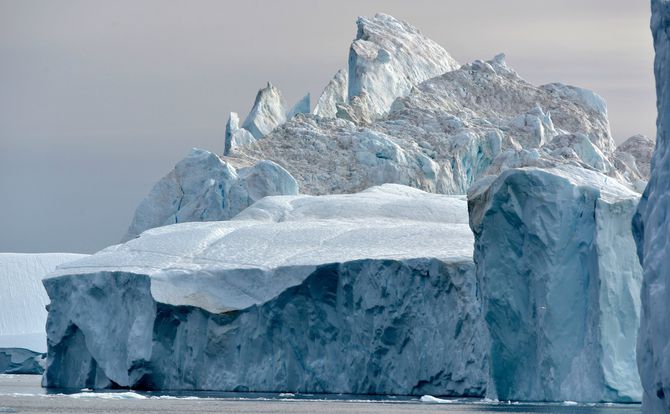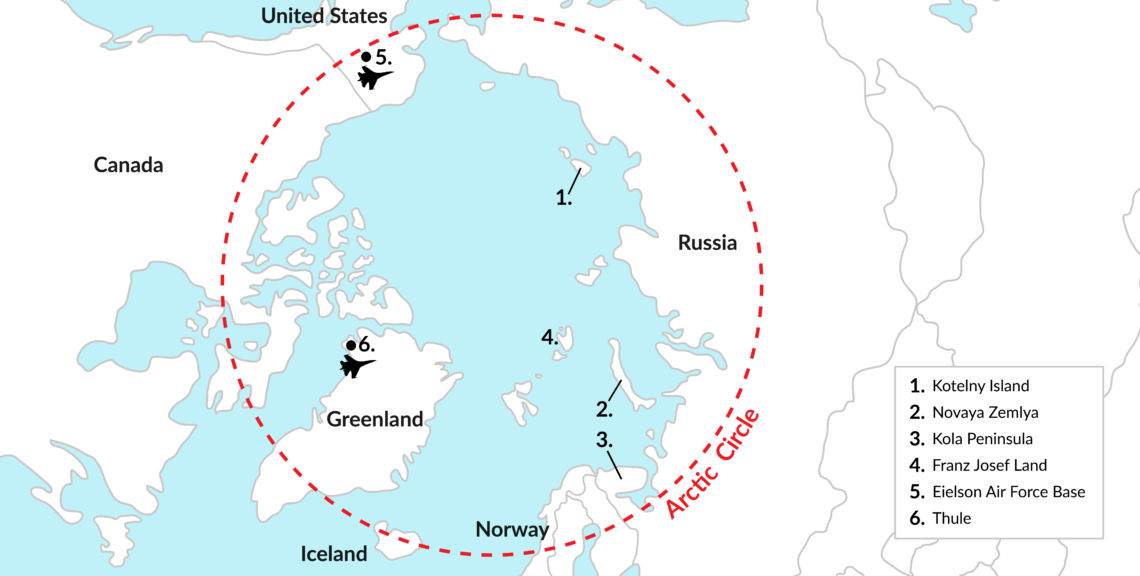Greenland and Washington’s offer
President Donald Trump’s offer to buy Greenland was dismissed as a joke, but it reflects both American practice and a legitimate strategic concern.

In a nutshell
- Ridicule was showered on President Trump's offer to buy Greenland
- But throughout U.S. history, land purchases have been a frequent policy tool
- Washington’s thinking on Greenland is dominated by security concerns
- Self-determination is a theoretically possible way for Greenland to join the U.S.
Greenland is the world’s largest island, administered by Denmark and geographically part of North America’s Arctic region. It is mostly covered by permanent ice, except for a few small areas in the south where Scandinavian immigrants have lived for a thousand years.
President Donald Trump’s musings about the United States acquiring Greenland from Denmark astonished some people and shocked many. In today’s context, the offer might appear bizarre. It provoked a sharp public rebuke from authorities in Copenhagen. But if one pauses to consider the matter, there is also a lot of sense in it – which does not mean the territorial purchase will happen or even that it should.
Strategic buying
If we look at the history of the U.S., large portions of its territory were acquired for money from other countries. In 1803 the then young nation bought the Louisiana territory from France for $15 million. This was a huge tract encompassing most of the drainage of the Mississippi River system, stretching from the Canadian border in the north to the Gulf of Mexico in the south. Today, it forms the core of the lower 48 states and more than one-quarter of their total territory.
In 1819, President James Monroe’s administration negotiated the cession of Florida in exchange for paying up to $5 million in legal claims by U.S. citizens against Spain. Another 586,000 square miles of territory was acquired in 1867, when Secretary of State William Seward negotiated the purchase of Alaska from Russia for $7.2 million. Even in the last century, the U.S. bought the Danish West Indies (now the U.S. Virgin Islands) in 1917 amid worries that Germany, then fighting World War I, might conquer Denmark and annex them.
At the time of the 1867 Alaska purchase, there was already talk of buying Greenland.
At the time of the Alaska purchase, there had already been discussion in Washington about buying Greenland as well to secure the northern approaches to the North American continent from both east and west. A quick glance at the map shows that this idea made perfect sense strategically, especially because Greenland at the time was virtually uninhabited. Even today, its population amounts to only some 60,000, nestled in a small stretch along the southwestern coast.
There is no question that buying Greenland would strengthen the U.S. strategic position in the Arctic. There is already an important American air force base in Thule, a town built by the American military in the early 1950s, on Greenland’s extreme northwestern coast. The vital position of this installation should be obvious, as it is situated directly between North America and Eurasia – specifically, the Russian Federation. At these extreme northern latitudes, distances and flight times are relatively short.
Local right
Today it is no longer perceived as appropriate to acquire territories by purchase. However, such transfers could be possible via another more acceptable route – the exercise by local populations of their right to self-determination. After achieving independence, such new nations can choose to remain independent or join another state (which is what the Republic of Texas did in 1845).
Unfortunately, this right of self-determination is universally ignored today, as shown most recently by India’s unilateral annexation of autonomous regions in Kashmir. The list of such violations is very long.
Facts & figures
The Arctic: key strategic points

Even so, one could at least hypothetically imagine a scenario in which 60,000 Greenlanders might decide it is in their interest to be part of the U.S. rather than an autonomous region of Denmark. In that case, the U.S. would have to reimburse Denmark for its huge investments in Greenland in recent years.
Any plebiscite of the local population should require more than a simple majority (50 percent plus one would not be enough). Possibly a second, confirmatory referendum should be required after two years (as foreseen, for example, in Liechtenstein’s constitution) to avoid an impulsive decision. As a further safeguard, the constitutionality of such a referendum should be subject to judicial review.
Whatever the Greenlanders decide, it should be purely their decision.
Keeping the above considerations in mind, it would seem that a transfer of sovereignty would be possible on a democratic constitutional basis. Greenlanders would simply exercise their right of self-determination.
Outdated thinking
President Trump is alleged to covet Greenland for its natural resources. This, however, is an example of the antiquated, 19th-century thinking that still seems to prevail in political theory. It is doubtful whether this reasoning is shared by the present occupant of the White House, whose approach is unconventional but not unrealistic.
Greenland is vital for security reasons. The Arctic is North America’s most vulnerable point, especially when one considers present and future modes of conventional and hybrid warfare.
It is a troubling signal to Europe that Washington is losing faith that its NATO allies will fulfill their defense commitments.
This suggests that the Danish government’s rejection of the American proposal may not end the discussion.
